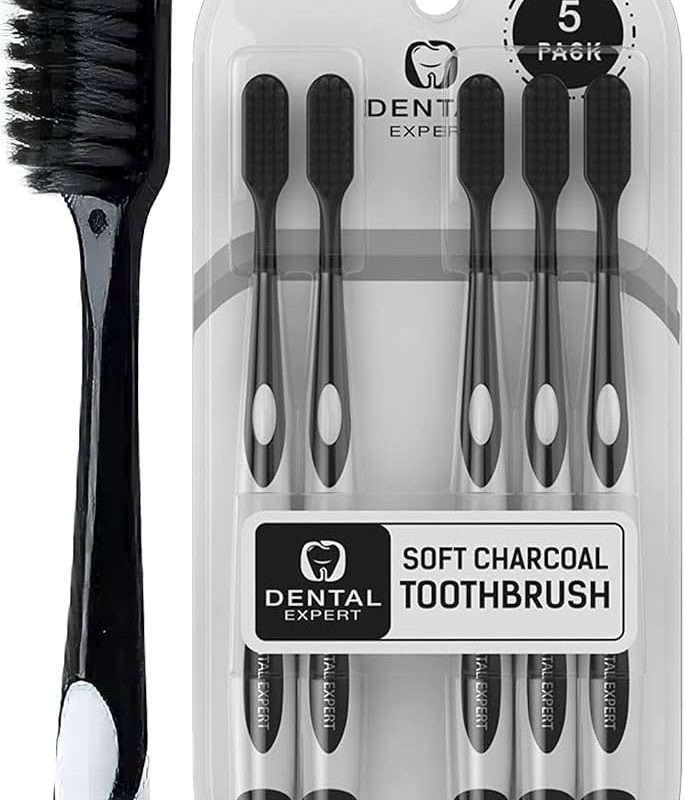Introduction:
The COVID-19 pandemic has raised numerous questions about hygiene and the potential spread of the virus through everyday objects, including toothbrushes. Understanding whether a toothbrush can reinfect you with COVID-19, how to maintain proper oral hygiene, and what preventive measures to take is essential. This comprehensive guide explores the possibility of reinfection through a toothbrush, the science behind it, hygiene practices, and expert advice on keeping your oral care tools safe.
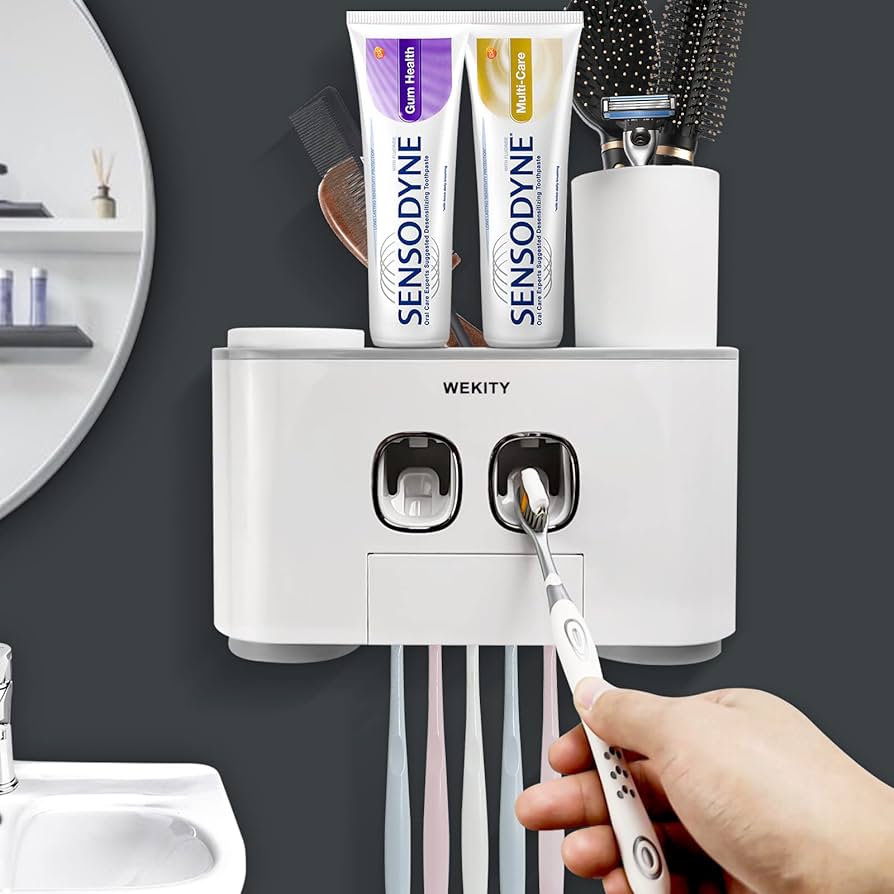
Can Your Toothbrush Reinfect You with COVID?
Understanding COVID-19 Transmission
To address concerns about toothbrush reinfection, it is crucial to understand how COVID-19 is transmitted. Knowledge of the virus’s transmission modes provides a basis for evaluating the risks associated with personal care items like toothbrushes.
Transmission Methods: COVID-19 primarily spreads through respiratory droplets when an infected person coughs, sneezes, talks, or breathes. These droplets can land on surfaces and objects, potentially transferring the virus to anyone who touches their face after contacting a contaminated surface. The virus can also spread through airborne particles in poorly ventilated environments.
Surface Viability: Studies have shown that the virus can survive on various surfaces for different durations, depending on the material and environmental conditions. On plastic and stainless steel, the virus can remain viable for up to 72 hours, while on cardboard, it can last for 24 hours. The virus’s viability on a toothbrush, which is typically exposed to moisture and varying temperatures, may differ.
Self-Reinfection: Reinfection with COVID-19 can occur if an individual comes into contact with the virus again after recovering. This includes potential contact with contaminated objects, environments, or individuals.
Evaluating the Risk of Toothbrush Reinfection
Assessing the specific risk of reinfection through a toothbrush involves considering how the virus behaves on such an item and the likelihood of transmission.
Virus Survival on Toothbrushes: Toothbrushes are made of plastic, rubber, and nylon bristles—materials on which the virus can theoretically survive for several hours to days. The moist environment of a toothbrush, combined with exposure to oral secretions, could potentially support the virus’s survival.
Direct Contact: Using a contaminated toothbrush directly introduces germs to the oral cavity, which is a gateway to the respiratory system. The close proximity of the brush to the mouth, nose, and eyes during use increases the potential for viral transmission if the brush is contaminated.
Personal Hygiene Practices: Proper oral hygiene and disinfection practices significantly reduce the risk of reinfection through a toothbrush. Regular cleaning and appropriate storage of the toothbrush minimize contamination and promote overall health.
Expert Opinions: Health experts generally highlight the importance of maintaining good hygiene but consider the risk of reinfection through a toothbrush to be relatively low compared to other transmission routes. Nonetheless, they recommend precautionary measures to ensure safety.

Hygiene Practices for Preventing Toothbrush Contamination
Maintaining strict hygiene practices for your toothbrush is essential to prevent any risk of contamination or reinfection. Here are expert-recommended steps to ensure your toothbrush remains clean and safe.
Regular Cleaning: Rinse your toothbrush thoroughly with hot water after each use to remove toothpaste, saliva, and debris. Hot water helps reduce the number of microbes on the bristles.
Disinfection Techniques: Consider disinfecting your toothbrush weekly by soaking it in an antibacterial mouthwash or a solution of hydrogen peroxide (0.5–1%). This extra step can kill lingering germs and maintain a clean brush.
Avoid Sharing: Never share your toothbrush with others, even family members or partners. Sharing increases the risk of transferring bacteria, viruses, and other pathogens between individuals.
Storage Tips: Store your toothbrush upright in a holder that allows it to air dry. Avoid keeping it in a closed container, as damp environments promote microbial growth. Ensure the toothbrush has enough space and is not touching other toothbrushes.
Replace Regularly: Replace your toothbrush every three to four months or sooner if the bristles are frayed. A worn-out toothbrush is less effective at cleaning teeth and can harbor more bacteria.
Cover During Travel: When traveling, use a vented toothbrush cover to protect the bristles and allow airflow, preventing mold and mildew growth. Ensure the cover is clean and dry before placing it on the toothbrush.
Using Disinfectants on Toothbrushes
Various methods and products can be used to disinfect toothbrushes, reducing the risk of contamination. Understanding these options helps maintain hygiene effectively.
Antibacterial Mouthwash: Soaking your toothbrush in antibacterial mouthwash for 15-30 minutes can effectively kill bacteria and viruses. Ensure the mouthwash is labeled as antibacterial and alcohol-based for optimal results.
Hydrogen Peroxide Solution: Hydrogen peroxide is a readily available disinfectant with antimicrobial properties. Soak the toothbrush in a 0.5-1% hydrogen peroxide solution for five to ten minutes, then rinse thoroughly with water before use.
UV Sanitizers: Ultraviolet (UV) toothbrush sanitizers are designed to kill microbes using UV light. These devices are effective at reducing bacterial and viral load on toothbrushes. Follow the manufacturer’s instructions for proper use.
Boiling: Boiling the toothbrush for three to five minutes can kill most germs. However, boiling may cause some toothbrush bristles to deform, reducing their effectiveness. This method should be used sparingly.
Vinegar Solution: Soaking the toothbrush in a mixture of white vinegar and water (1:1 ratio) for 15-30 minutes can also help disinfect it. Vinegar’s acidic properties break down microbial cell walls. Rinse the toothbrush well with water afterward.
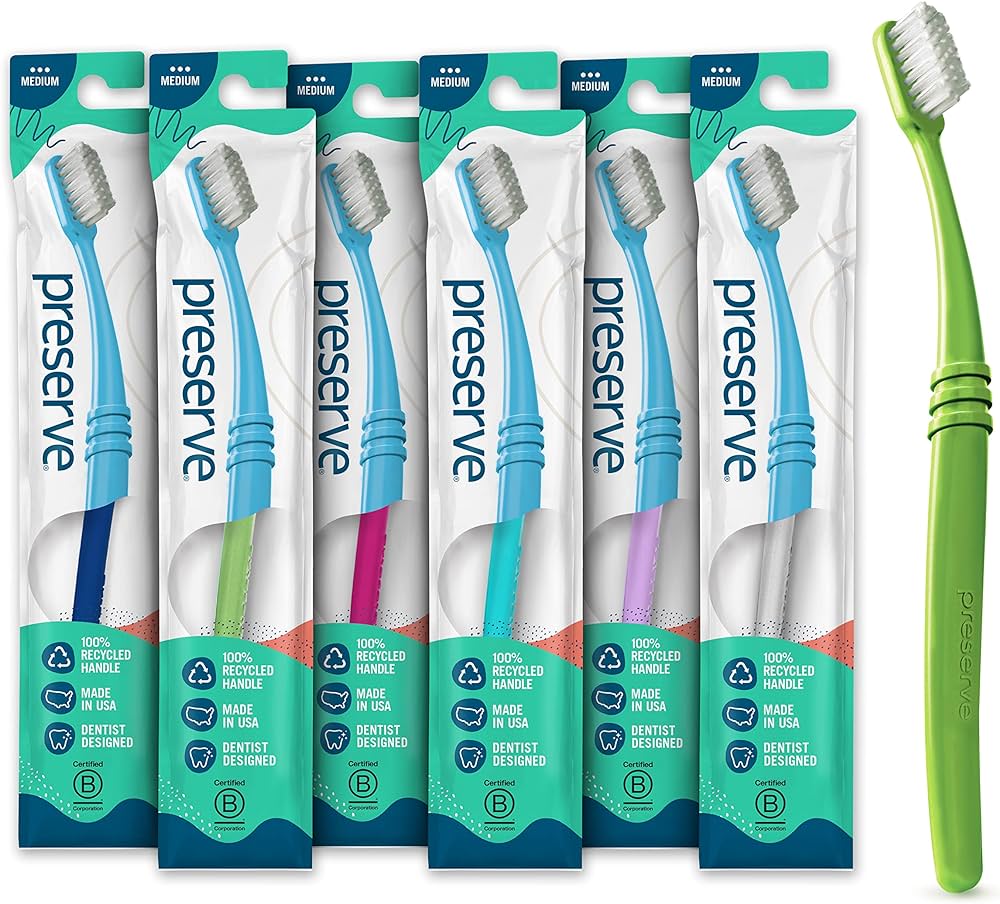
Best Practices for Using Toothbrushes During Illness
Using a toothbrush properly during and after illness helps prevent reinfection and protects against spreading the virus to others.
Isolation of Toothbrush: If you suspect or confirm a COVID-19 infection, isolate your toothbrush from those of other household members. Use a separate holder or storage space to avoid cross-contamination.
Frequent Replacement: Consider replacing your toothbrush more frequently during and after illness. Using a new toothbrush helps ensure that you are not reintroducing the virus to your oral cavity.
Post-Illness Replacement: Once you recover from COVID-19 or any other contagious illness, it’s advisable to replace your toothbrush. Discarding the old brush reduces the risk of reinfection and promotes hygiene.
Additional Disinfection: During illness, increase the frequency of disinfecting your toothbrush using the previously mentioned methods. This practice reduces microbial load and supports recovery.
Teeth Brushing Techniques: Focus on gentle brushing to avoid gum irritation or bleeding, which can provide an entry point for pathogens. Ensure thorough but gentle coverage of all tooth surfaces.
Maintaining General Oral Hygiene
Overall oral hygiene plays a vital role in minimizing infection risks and promoting health. Adopting comprehensive oral care routines supports a clean and healthy mouth.
Twice-Daily Brushing: Brush your teeth at least twice a day, ideally after meals. Consistent brushing removes plaque, bacteria, and food particles, reducing the risk of infections and promoting oral health.
Flossing: Incorporate daily flossing into your routine to clean the spaces between your teeth where a toothbrush cannot reach. Flossing removes debris and prevents gum infections.
Mouthwash Use: Using an antiseptic or antibacterial mouthwash helps reduce oral bacteria and maintains fresh breath. Rinse your mouth with mouthwash after brushing and flossing for enhanced hygiene.
Regular Dental Checkups: Schedule regular dental checkups and cleanings with your dentist. Professional cleanings remove plaque and tartar buildup, and dental exams identify and address potential oral health issues.
Healthy Diet: Maintain a balanced diet rich in vitamins and minerals that support oral health. Avoid excessive sugar consumption, which contributes to tooth decay and gum disease.
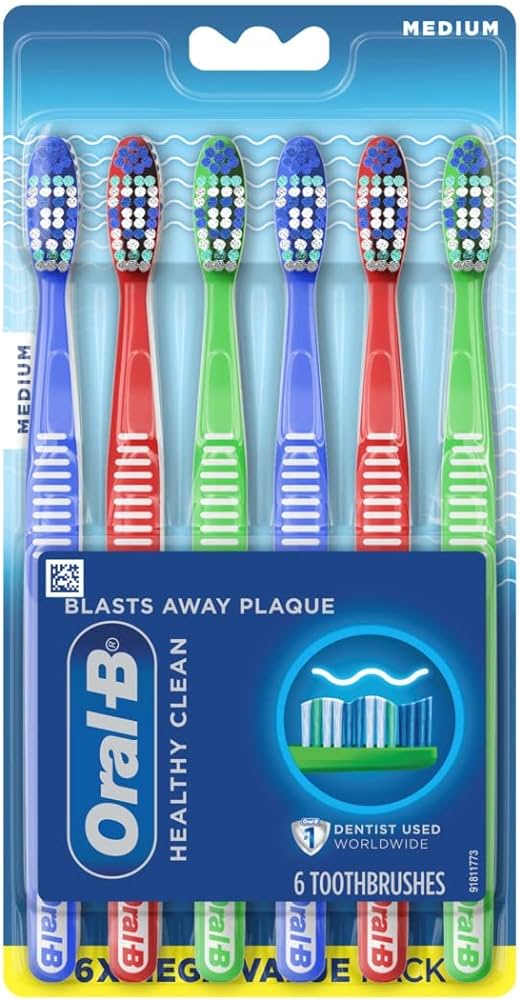
Educating Family Members on Toothbrush Hygiene
Ensuring all family members understand and practice good toothbrush hygiene is essential for overall health and preventing cross-contamination.
Family Meetings: Hold family meetings to discuss proper toothbrush care and hygiene practices. Emphasize the importance of individual toothbrushes and avoiding sharing personal items like towels and utensils.
Demonstrations: Demonstrate the correct way to brush, disinfect, and store toothbrushes. Visual aids and practical demonstrations can reinforce good habits and make the information more relatable.
Posters and Reminders: Create posters or reminders to place in the bathroom, reinforcing best practices for toothbrush care. Visual cues help maintain consistency and accountability.
Involving Children: Teach children about the importance of oral hygiene from a young age. Use child-friendly language and engaging methods, such as songs or stories, to educate them on brushing and toothbrush care.
Monitoring and Encouragement: Regularly monitor the brushing habits and hygiene practices of family members. Offer positive reinforcement and encouragement to those who follow the guidelines diligently.
Addressing Common Myths about Toothbrush Reinfection
There are several myths and misconceptions about toothbrush usage and reinfection risks. Addressing these myths helps clarify the facts and promote informed practices.
Myth 1: Boiling Is the Only Effective Method: While boiling can disinfect a toothbrush, it is not the only method. Antibacterial mouthwash, hydrogen peroxide, and UV sanitizers are also effective options for maintaining toothbrush hygiene.
Myth 2: Toothbrushes Cannot Harbor Viruses: Toothbrushes can harbor viruses, bacteria, and other pathogens if not properly cared for. Disinfection and proper storage are essential to prevent contamination.
Myth 3: Replacing Toothbrushes Weekly Is Necessary: There is no need to replace toothbrushes weekly unless advised during illness or after recovery. Routine replacement every three to four months and after illness is sufficient for maintaining hygiene.
Myth 4: Toothpaste Disinfects the Brush: Toothpaste does not disinfect the toothbrush bristles. While it helps clean teeth and gums, additional disinfection methods are needed to ensure the brush remains sanitized.
Myth 5: Sharing Toothbrushes Is Safe Among Family: Even among family members, sharing toothbrushes is not safe. Bacteria and viruses can transfer between individuals, increasing the risk of infections. Each person should use their own toothbrush.
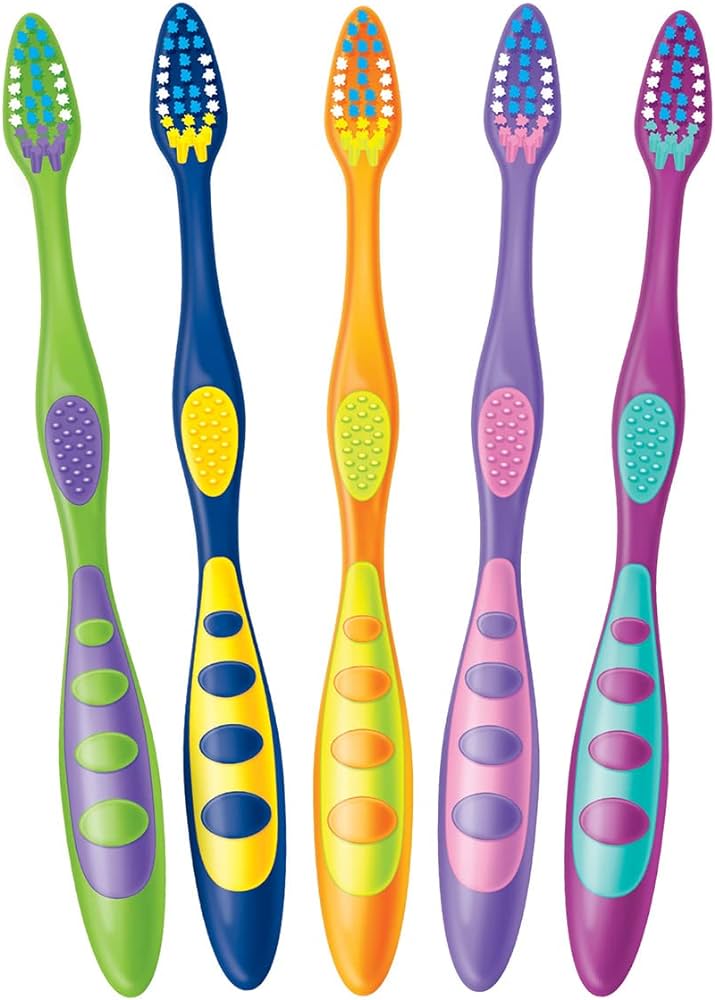
Research and Recommendations from Health Authorities
Health authorities and organizations have provided guidelines and recommendations regarding toothbrush hygiene and COVID-19. Understanding these recommendations ensures best practices.
CDC Guidelines: The Centers for Disease Control and Prevention (CDC) recommends against sharing personal items, including toothbrushes, to prevent the spread of infectious diseases. They emphasize routine disinfection and replacement of personal care items.
ADA Advice: The American Dental Association (ADA) stresses the importance of maintaining good oral hygiene, including proper toothbrush care. They advise replacing toothbrushes every three to four months and using disinfectants as needed.
WHO Recommendations: The World Health Organization (WHO) highlights the significance of hand hygiene and surface disinfection to reduce COVID-19 transmission. Proper handling and care of personal items like toothbrushes align with these recommendations.
Dental Professional Insights: Dentists and dental hygienists provide valuable insights into maintaining oral hygiene and preventing infections. Regular dental visits support these practices and ensure professional guidance.
Conclusion
While the risk of reinfection with COVID-19 through a toothbrush is relatively low, maintaining proper hygiene practices is essential for overall health and safety. Understanding COVID-19 transmission, implementing effective disinfection methods, and following expert recommendations ensure that your oral care routine remains safe. By adopting comprehensive hygiene practices and educating family members, you can minimize the risk of contamination and support long-term health during the pandemic and beyond.

